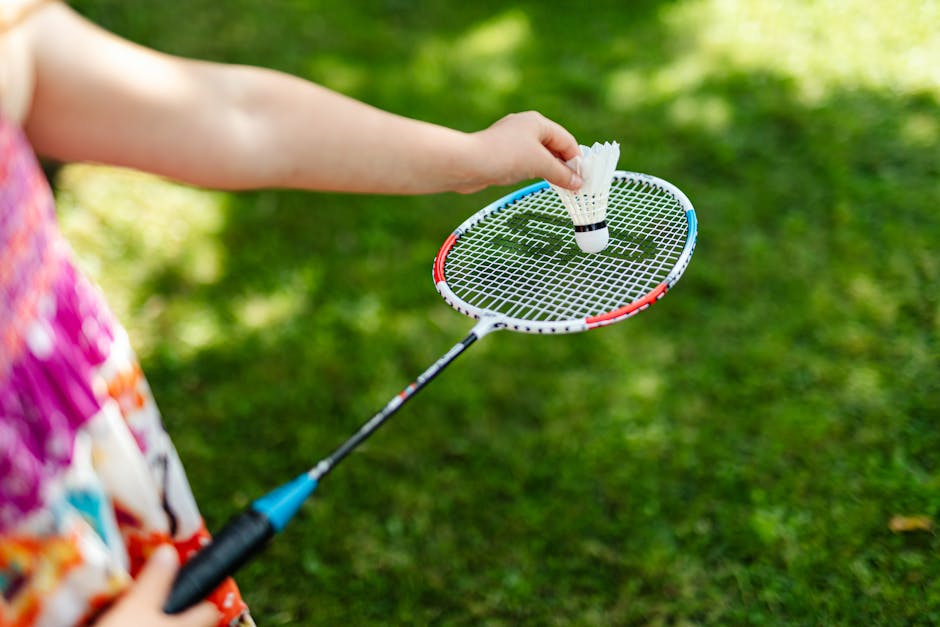Badminton, a fast-paced and exhilarating sport, demands the right equipment to excel. The badminton racket, the centerpiece of the game, plays a crucial role in determining performance and enjoyment. Choosing the ideal racket can be overwhelming given the wide range of options available. This comprehensive guide will navigate you through the essential factors to consider when selecting the perfect badminton racket.
**1. Grip Size**
The grip size is paramount for comfort and control. Measure the distance between the base of your palm and the first crease on your middle finger. Most rackets come in grip sizes ranging from G1 to G5, with G3 being the most common. A snug but not overly tight grip allows for precise handling and effortless swings.
**2. Shaft Flexibility**
Shaft flexibility determines the power and control you can generate. A stiff shaft provides more power but less control, while a flexible shaft offers greater control but less power. Beginners may prefer a flexible shaft for better accuracy, while advanced players seeking maximum power might opt for a stiff shaft.
**3. Weight**
Racket weight significantly impacts maneuverability and swing speed. Lightweight rackets are easier to swing, enabling quicker reflexes and faster shots. Heavier rackets offer more power but require greater strength and precision. Choose a weight that suits your playing style and physical capabilities.
**4. Balance Point**
The balance point refers to the point where the racket feels most evenly distributed. A head-heavy racket provides more power but can be slower to maneuver, while a head-light racket offers better control and quicker handling. Determine the balance point that best complements your game.
**5. Head Shape**
Badminton rackets come in two primary head shapes: isometric and oval. Isometric heads offer a larger string surface area, maximizing power and control. Oval heads are slightly smaller and provide a more focused sweet spot, resulting in greater precision.
**6. String Tension**
String tension significantly affects racket performance. Higher tension provides more power and control but can be harder on the arm. Lower tension offers better feel and shock absorption but may sacrifice power and durability. Choose a tension that balances your playing style and preferences.
**7. Material**
Badminton rackets are typically made from graphite, aluminum, or a combination of both. Graphite rackets are lightweight, durable, and provide excellent power and control. Aluminum rackets are more economical and offer decent performance but may not be as durable or powerful.
**8. Brand**
Reputable badminton brands like Yonex, Victor, and Li-Ning offer high-quality rackets with advanced technologies. While brand reputation is an important consideration, it's essential to choose a racket based on its individual merits and suitability to your playing style.
By carefully considering these factors, you can select the ideal badminton racket that will enhance your performance and maximize your enjoyment on the court. Whether you're a beginner or an experienced player, the right racket will empower you to unleash your potential and conquer the shuttlecock battleground.
